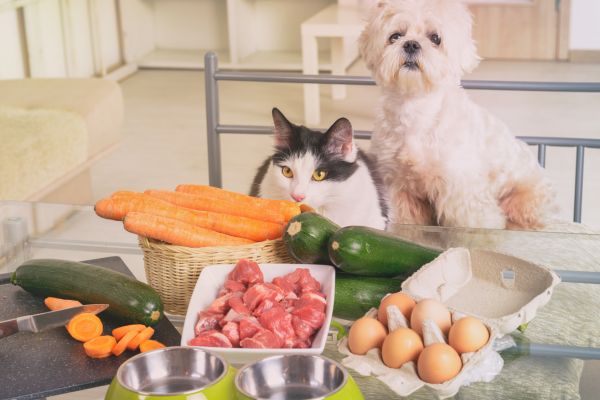Choosing the best wet cat food options for your feline friend is one of the most important decisions you can make as a pet owner. Cats are obligate carnivores, which means their diet requires high amounts of animal protein and moisture to keep them healthy and thriving. With a market flooded with various brands, flavors, and nutritional claims, selecting the right wet cat food can feel overwhelming. This guide will help you navigate your choices and understand what makes certain options stand out from the rest.
Understanding the Importance of Wet Cat Food
Wet cat food provides a higher moisture content compared to dry kibble, making it a crucial dietary component for many cats. Felines have a naturally low thirst drive and often do not drink enough water to stay properly hydrated. Feeding wet food can help maintain their hydration levels, support kidney function, and reduce the risk of urinary tract issues. Furthermore, the texture and aroma of wet food often appeal more to picky eaters, ensuring they get the nutrients they need.
What to Look for in the Best Wet Cat Food Options
When exploring the best wet cat food options, it is essential to focus on high-quality ingredients and balanced nutrition. The first ingredient should ideally be a named animal protein source such as chicken, salmon, turkey, or beef. Avoid products with unspecified meat by-products or fillers like corn, wheat, and soy, as these offer little nutritional value for cats.
The inclusion of essential vitamins, minerals, and taurine is equally important. Taurine is an amino acid critical for a cat’s vision, heart health, and overall well-being. Additionally, wet cat food that mimics a cat’s natural prey diet – high in protein and low in carbohydrates – aligns more closely with their biological needs.
Exploring Popular Wet Cat Food Options
Many reputable brands provide wet cat food formulated to meet the dietary requirements of cats at different life stages. From kittens to senior cats, each age group has unique nutritional demands. Options like grain-free formulas, limited ingredient diets, and prescription wet foods are also available for cats with allergies or medical conditions.
For pet owners seeking premium choices, brands offering human-grade ingredients and ethically sourced proteins often stand out. These products prioritize freshness and quality, providing peace of mind that your feline is consuming safe and nutritious meals. On the other hand, budget-friendly options can also deliver excellent nutrition if chosen carefully by reviewing ingredient labels and guaranteed analysis.
Why Variety Matters in Your Cat’s Diet
Cats can be notoriously finicky eaters, and feeding them the same flavor or texture for extended periods may lead to food aversions. Rotating between different flavors and types of wet cat food not only keeps mealtime exciting but can also expose your pet to a broader range of nutrients. This approach reduces the risk of developing allergies to specific proteins and prevents nutritional imbalances that may arise from feeding a single type of food exclusively.
Addressing Common Concerns About Wet Cat Food
Some pet owners worry that wet cat food may lead to dental problems since it lacks the abrasive texture of dry kibble. However, dental health can be maintained through regular brushing, dental treats, or veterinarian-approved dental care routines. Additionally, others may have concerns about the cost or convenience of wet food. While it can be slightly more expensive and require proper storage after opening, the health benefits often outweigh these challenges.
Feeding wet food can also benefit overweight or obese cats. Its higher moisture content and lower caloric density help promote satiety, making it easier to manage portion control and encourage weight loss under veterinary supervision.
Making the Transition to Wet Cat Food
If your cat is accustomed to dry food, transitioning to wet cat food should be done gradually. Sudden dietary changes can upset their digestive system, leading to diarrhea or vomiting. Begin by mixing small amounts of wet food with their dry kibble and slowly increase the proportion over several days until they are fully switched. Offering wet food at room temperature can also make it more appealing since it enhances the aroma and flavor.
Final Thoughts on the Best Wet Cat Food Options
Providing your cat with the best wet cat food options is an investment in their long-term health and happiness. With careful selection and attention to their preferences and nutritional needs, you can ensure they receive the optimal balance of hydration, protein, and essential nutrients. Whether you opt for premium brands or affordable choices, the key is to prioritize quality ingredients and variety to support your cat’s well-being at every stage of life.
Remember, consulting your veterinarian before making significant dietary changes is always a wise step. They can offer personalized recommendations based on your cat’s age, health status, and lifestyle. In the end, a healthy and satisfied cat is the ultimate reward for your thoughtful approach to choosing their food.

